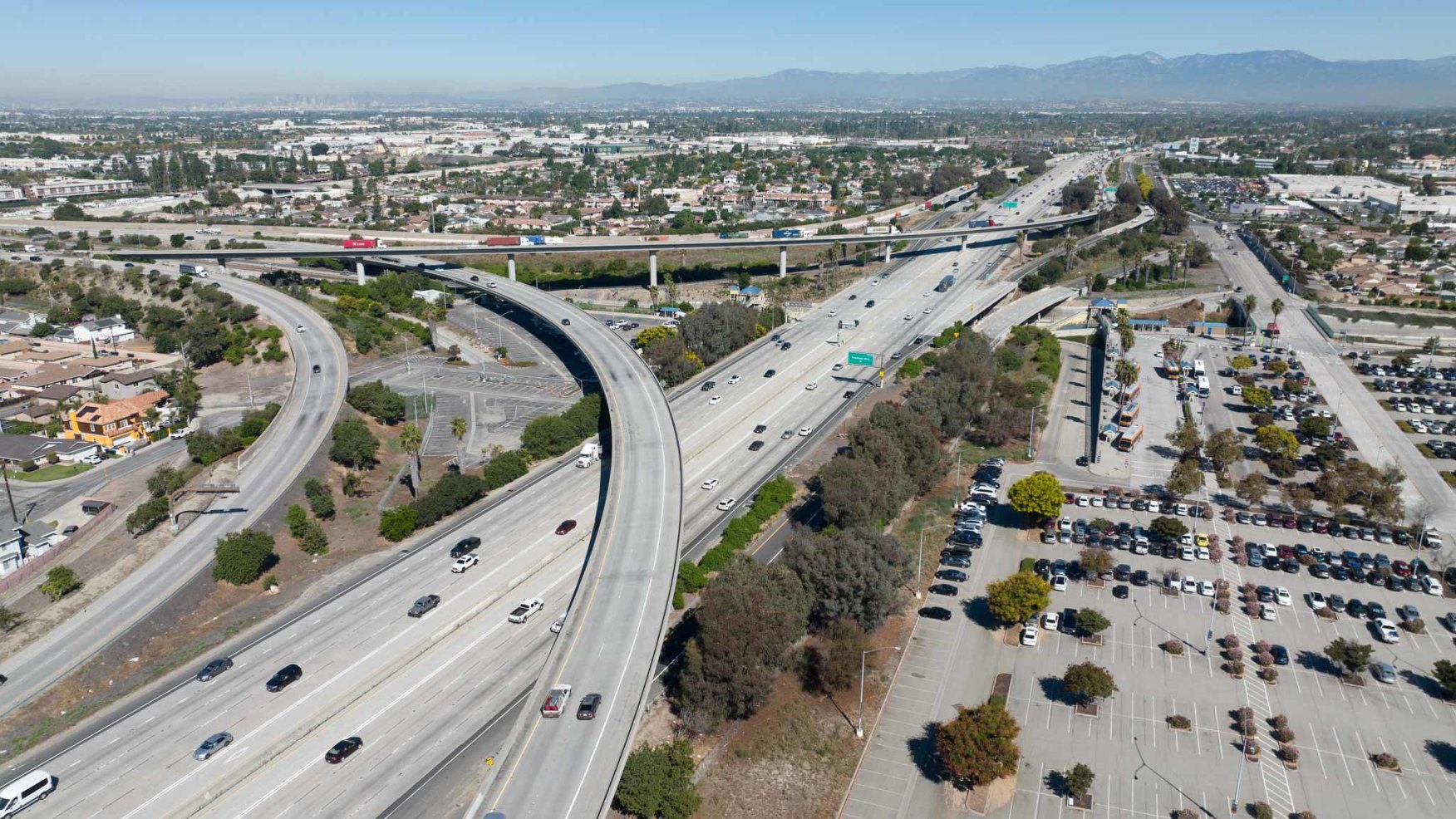Have a story idea
Have a story idea? Send it to us here.

Source : Caltrans
October 24, 2023
Author : Alex Bustillos
Traffic congestion is a way of life for LA residents. Caltrans is making new efforts to reduce traffic congestion on the 605 Freeway, one of the most heavily used in the city.
A new $300m 605 Freeway Enhancement Project is a 3-way segmented proposal to boost traffic security and flow along Los Angeles County. The federal government's IIJA (Infrastructure Investment and Jobs Act) and the California Senate Bill 1 (SB 1) will collectively finance the project.
Here’s a glance at the three segments of the 605 Freeway Enhancement Project:
Phase 1: Long Beach to Telegraph Road in Santa Fe Springs
Project Cost - $72.7 million ($66.7 million from IIJA and $3.8 million from SB 1)
Project Scope:
The project is expected to start in the fall of this year and be completed by early 2028.
Phase 2: From I-10 to I-605 north of I-210
Project Cost - $24.5 million ($22.4 million from IIJA and $1.8 million from state bill 1)
Project Scope:
The project will start by the end of this year and is expected to be completed by the fall of 2026.
Phase 3: Santa Fe Springs Telegraph Road to I-10
Project Cost - $201.1 million ( $184.2 million from IIJA and $16.9 million from SB 1)
Project Scope:
The project will commence in the Spring of 2024 and will be completed by early 2030.
“Caltrans is aggressively upgrading and rebuilding our infrastructure in California, including pavement rehabilitation on major interstate routes that transport goods and connect local communities,” said Caltrans Director Tony Tavares.
Additionally, almost 200 miles of new pavement will also extend the interstate service life by up to 40 years, thus minimizing high-cost maintenance repairs.
This project won’t be expanding the freeway but mainly focuses on improving I-605.
Caltrans will use a “fix-it-first” approach using advanced pavement upgradation techniques. This process helps to speed up the repair work, reducing the cost, delay, and repair frequency.
This won’t be the only improvement work happening on the 605 freeway. Metro and Caltrans are making plans for $5b+ expansion work, collectively known as the 605 Corridor Improvement Project (605CIP).
But this ongoing construction work won’t further add to the existing traffic congestion. Most of the work would happen at night, though some might happen during the day or over the weekends.
This project won’t be demolishing any residential buildings or causing displacement, as was thought during Metro’s announcement in 2020.
District 7 Director Gloria Roberts explained, "I-605 is a major artery for residents of the Gateway cities and the San Gabriel Valley and is a vital resource for commuters and the movement of goods throughout Southern California.” He further stated, “Made possible by federal funding and continued support from SB 1, these projects will also lengthen the service life of this key thoroughfare.”
Reducing congestion on LA highways remains a constant battle for government planners.
Category : Department of Transportation Federal Government Investment in Infrastructure State Government Freeways and Highways
